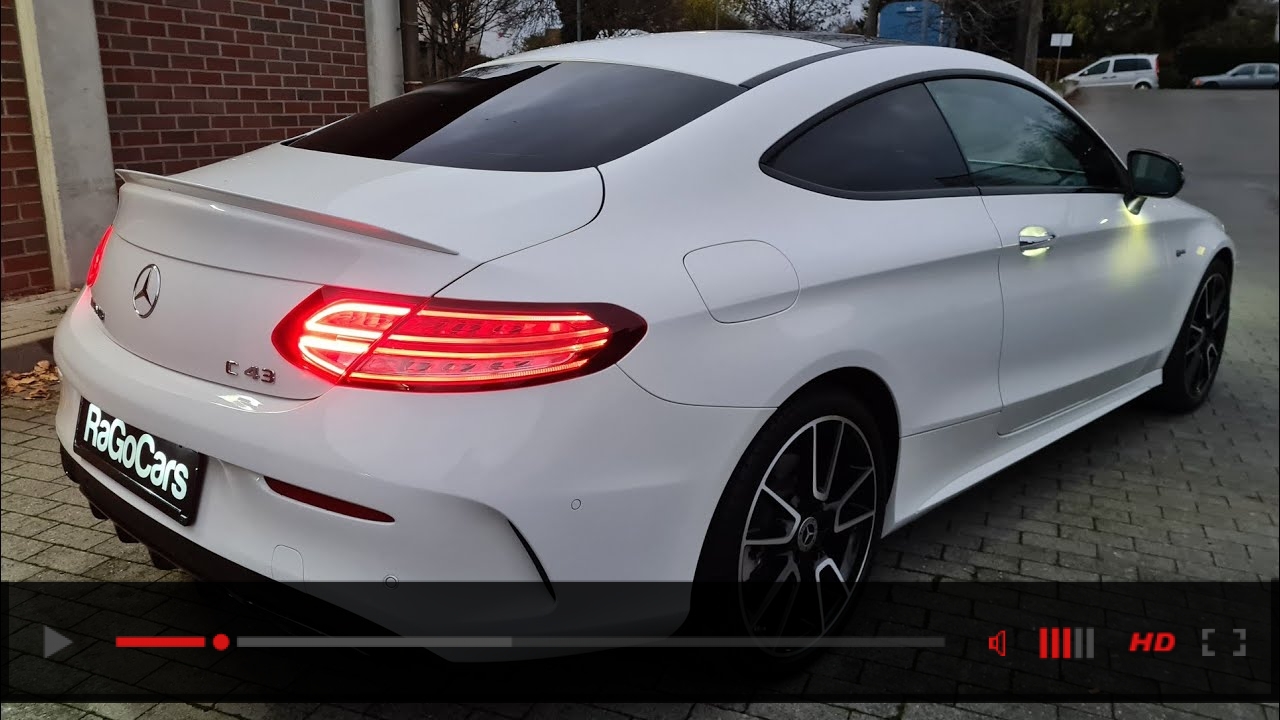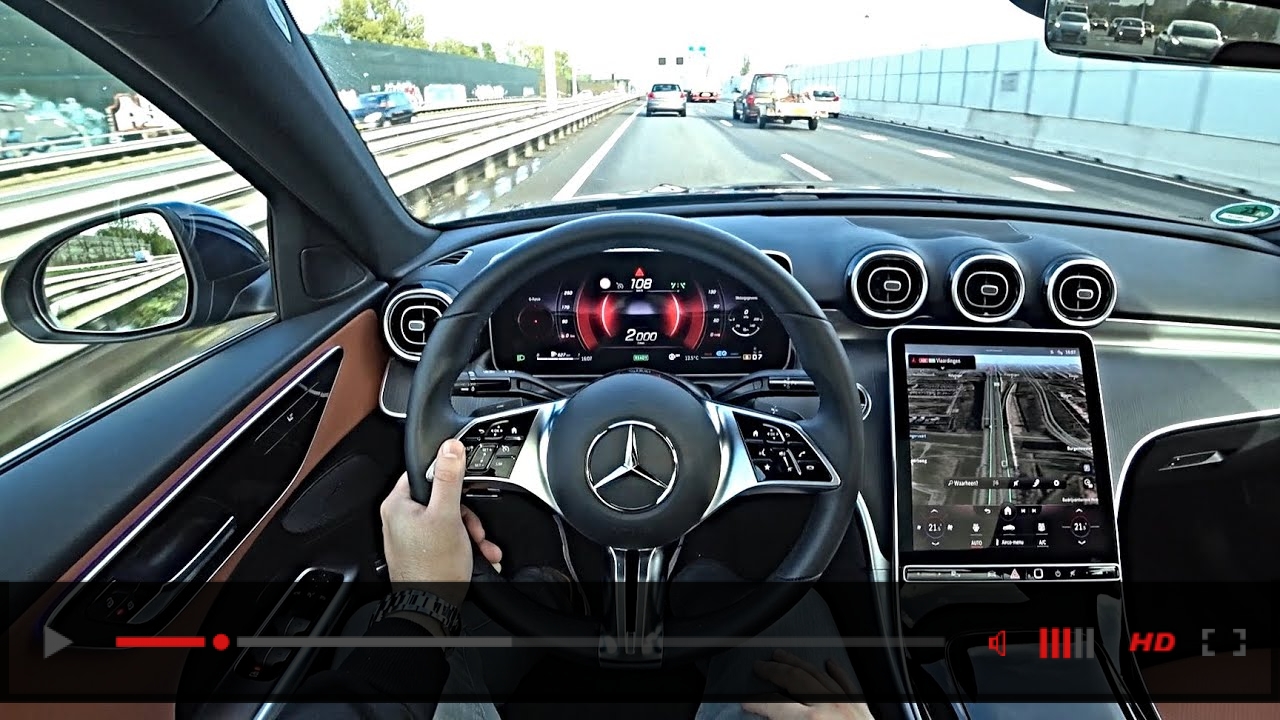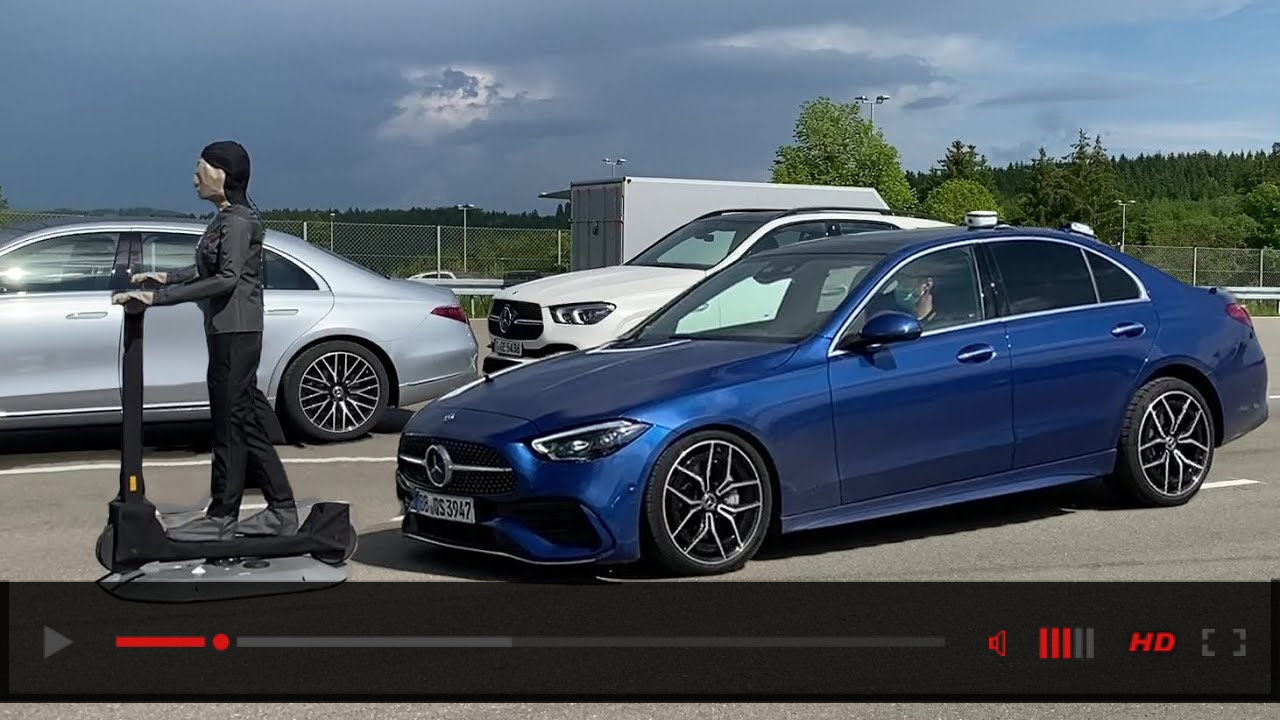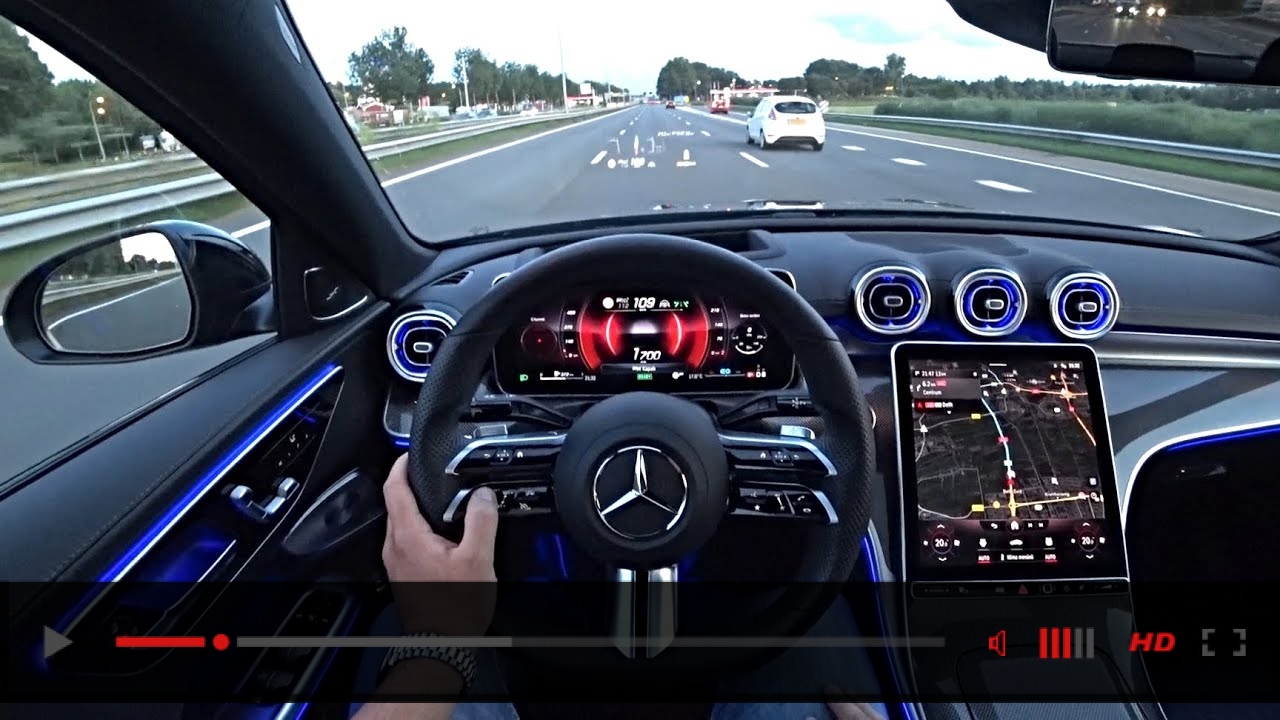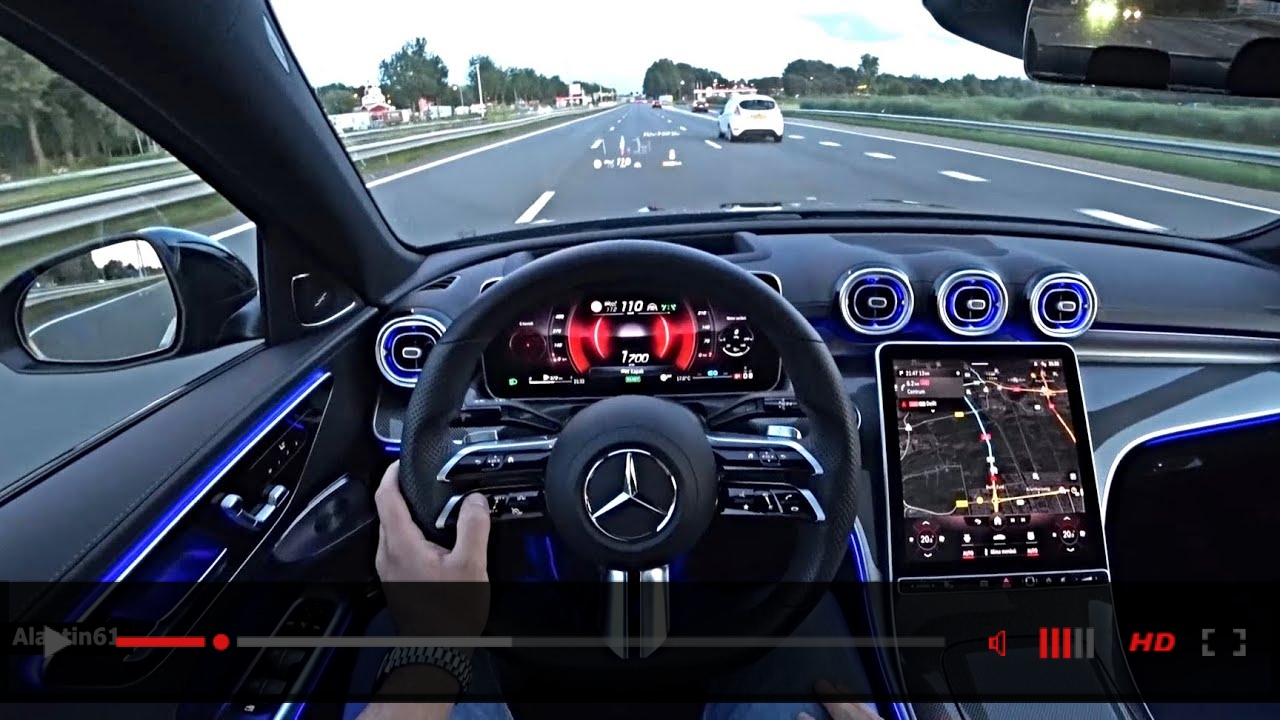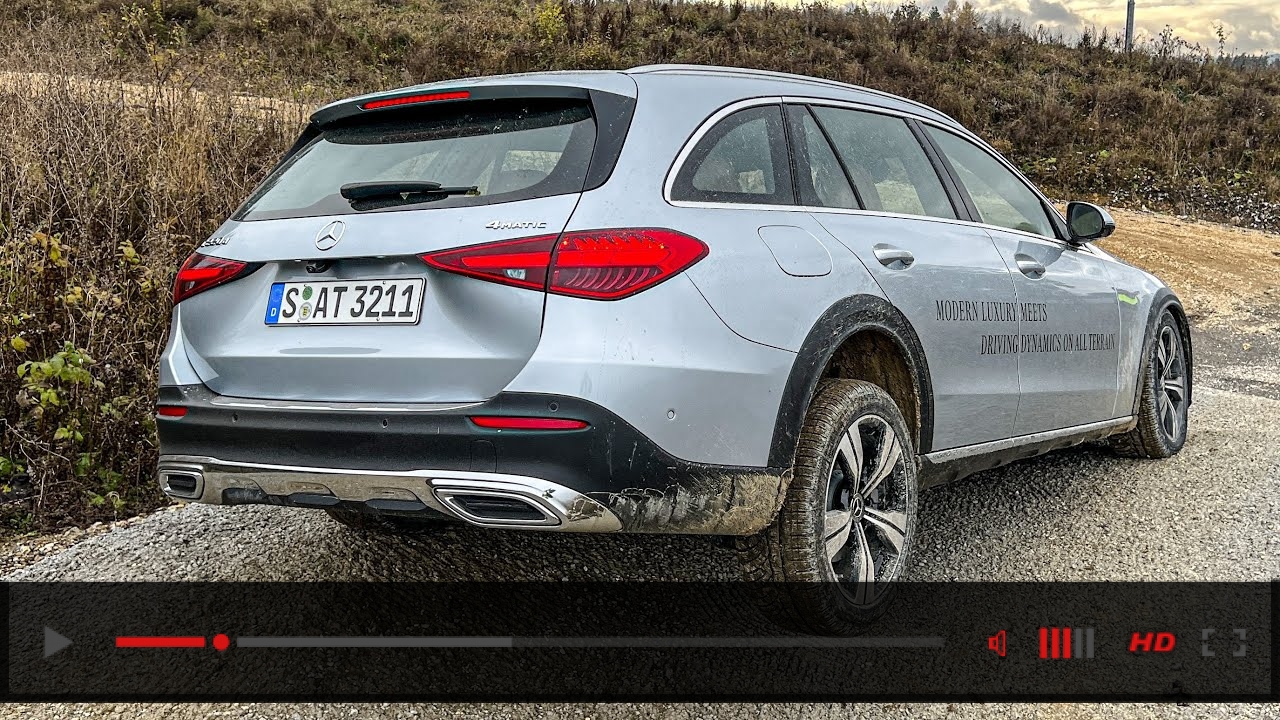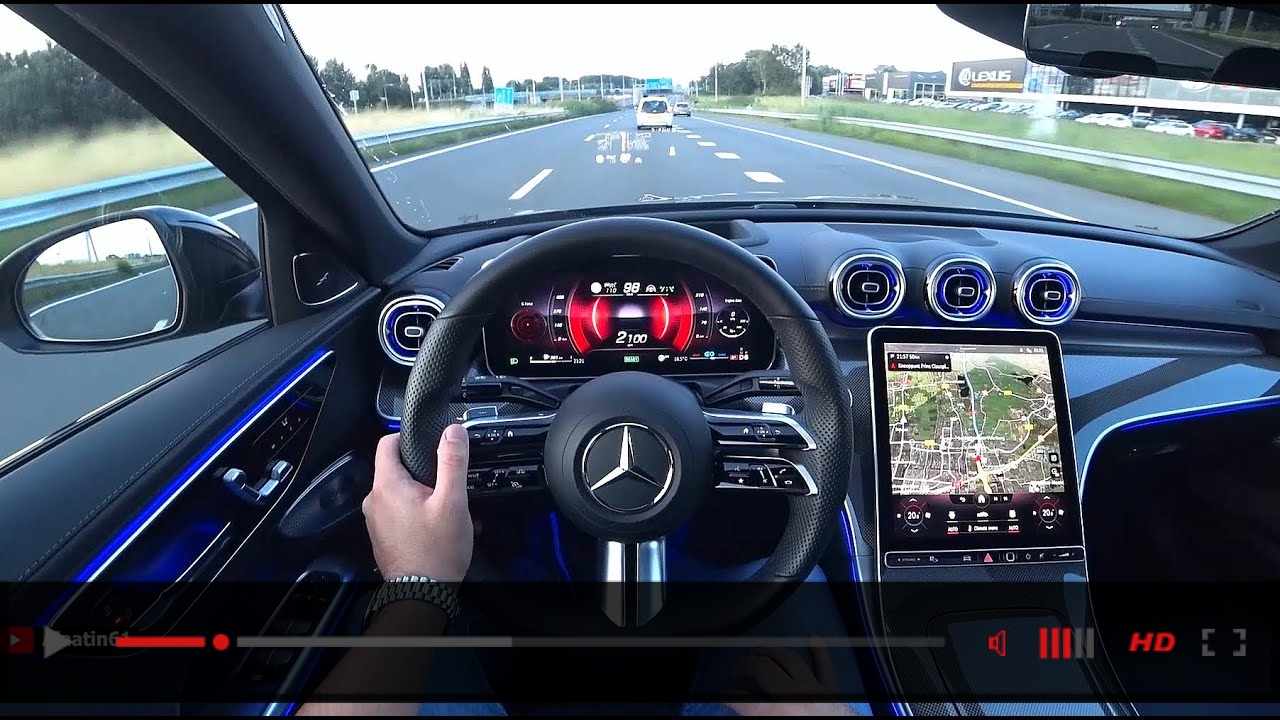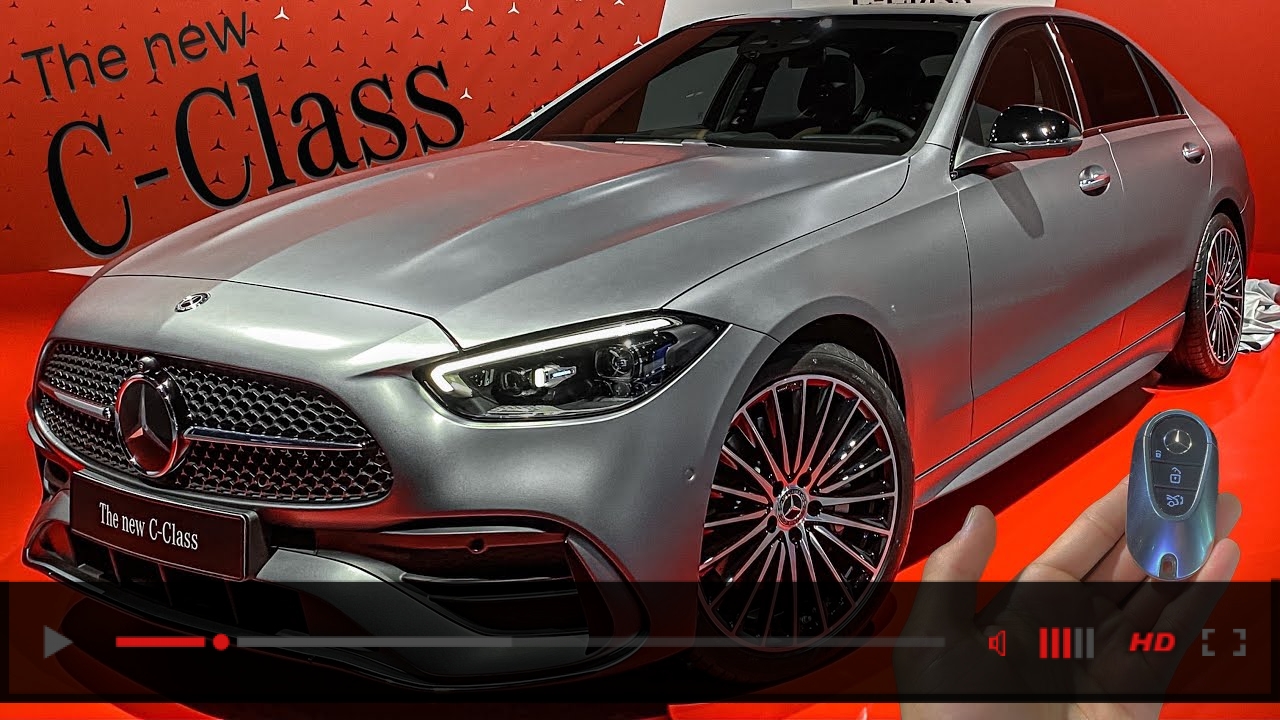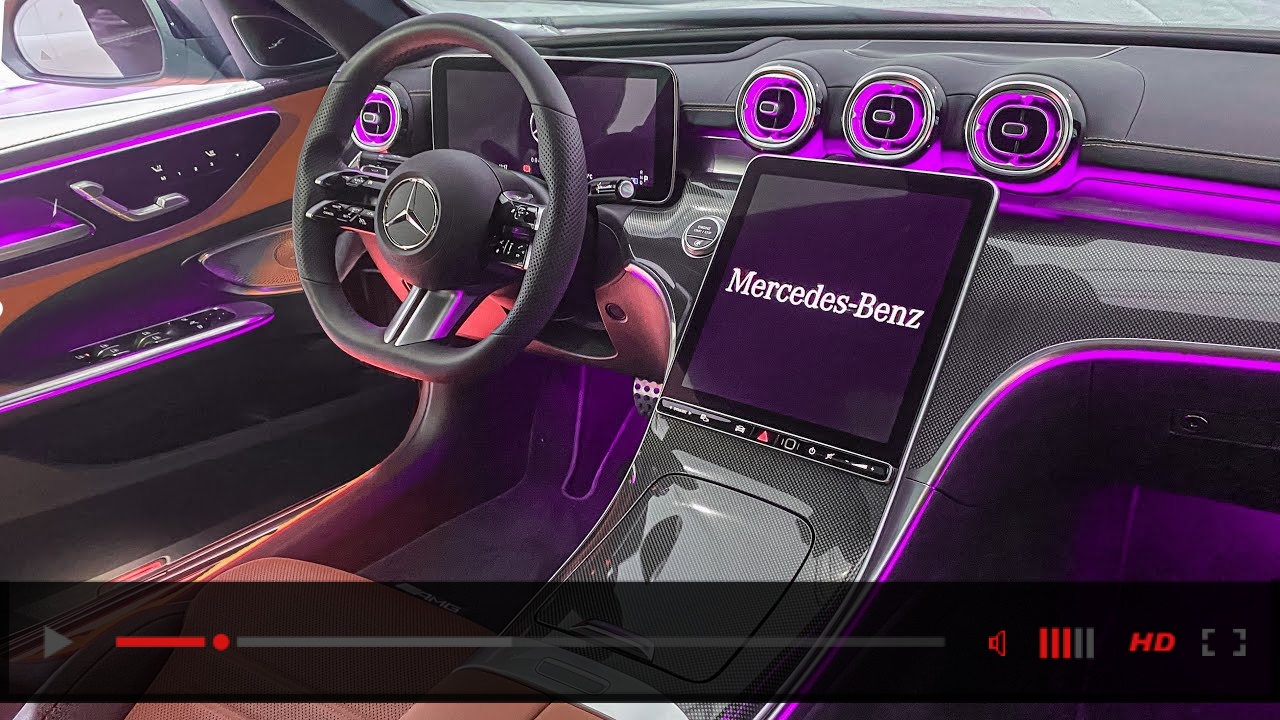The passenger compartment of the Mercedes-Benz C-Class remained stable in the frontal offset test. Dummy numbers showed good protection of the knees and femurs of both the driver and passenger. Mercedes-Benz showed that a similar level of protection would be provided to occupants of different sizes and to those sitting in different positions. Analysis of the deceleration of the impact trolley during the test, and analysis of the deformable barrier after the test, revealed that the C-Class would be a moderately benign impact partner in a frontal collision. In the full-width rigid barrier test, good protection was provided to all critical body areas of the driver and rear passenger and the C-Class scored maximum points in this part of the assessment. In both the side barrier and pole impact tests, protection of all critical body areas was good and the car scored maximum points in this part of the assessment. Control of excursion (the extent to which a body is thrown to the other side of the vehicle when it is hit from the far side) was found to be adequate. The C-Class has a counter-measure to mitigate against occupant to occupant injuries in such impacts and this performed well in Euro NCAP’s test. However, Mercedes-Benz could not demonstrate that the airbag provided symmetrical protection (i.e. that it provided the same level of protection when the impact was on the passenger’s side as it did when struck on the driver’s side) and a penalty was applied. Tests on the front seats and head restraints demonstrated good protection against whiplash injuries in the event of a rear-end collision. A geometric analysis of the rear seats also indicated good whiplash protection. The C-Class has an advanced eCall system which alerts the emergency services in the event of a crash. The car also has a system which applies the brakes after an impact, to avoid secondary collisions.
MERCEDES C-CLASS (2022) Crash and Safety Test
(Visited 402 times, 1 visits today)

